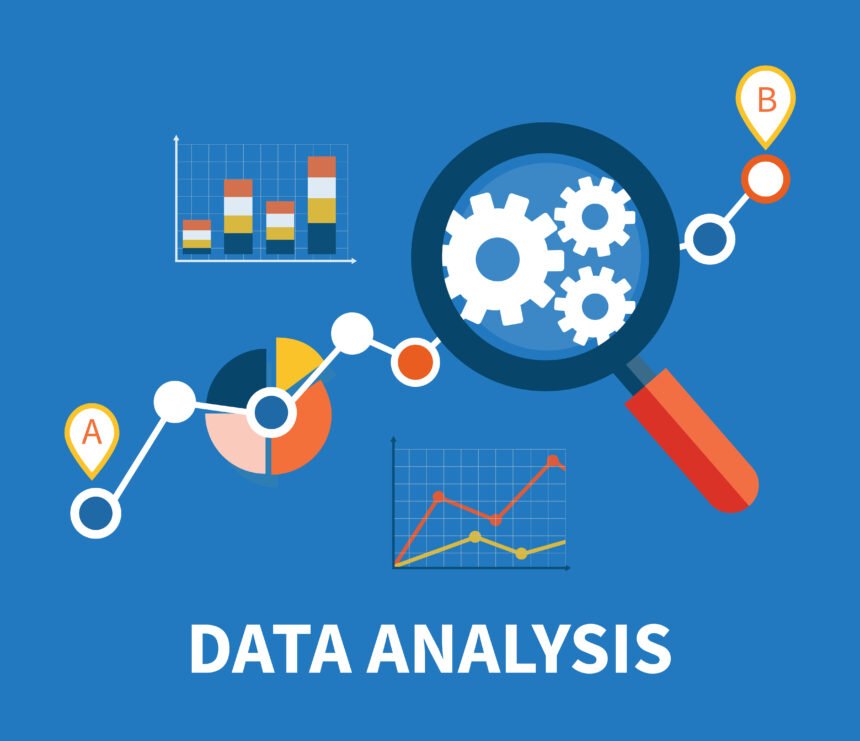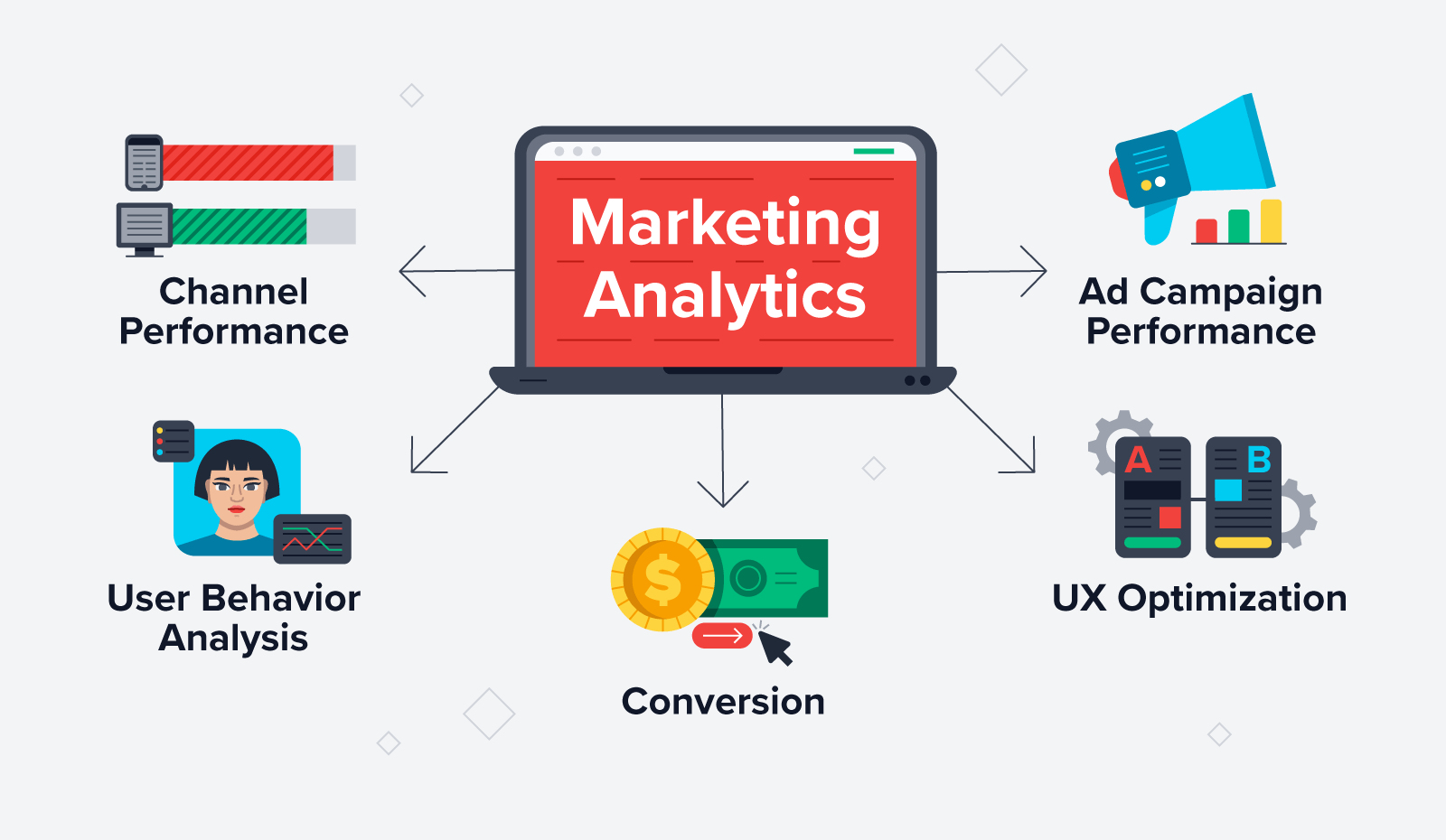Transform Data right into Methods with Cutting-Edge Analytics
Transform Data right into Methods with Cutting-Edge Analytics
Blog Article
Increase Performance and Productivity Via Data Analytics
In today's data-driven landscape, services are significantly acknowledging the essential function of data analytics in improving operational performance and productivity. By methodically evaluating data, companies can discover vital insights that notify tactical decisions, improve procedures, and tailor customer experiences (Analytics). Nonetheless, the difficulty lies not only in the implementation of these logical tools yet likewise in understanding just how to equate data right into actionable end results. As we discover the nuances of reliable data-driven methods, the implications for both short-term gains and lasting success become significantly clear. What might these insights expose for your company?
Comprehending Information Analytics
In today's data-driven landscape, understanding data analytics is necessary for companies aiming to enhance operational effectiveness and drive productivity. Data analytics involves the organized computational analysis of data sets to uncover patterns, connections, and insights that notify decision-making. By utilizing numerous strategies, such as analytical evaluation, artificial intelligence, and predictive modeling, organizations can transform raw data into actionable intelligence.
The process generally begins with data collection, where relevant information is gathered from multiple sources, including transactional databases, consumer communications, and market patterns. This information is then cleaned up and arranged to make sure accuracy and consistency. When the information is prepared, analytical devices and software application are used to explore and envision the details, enabling stakeholders to identify trends and anomalies.
Inevitably, comprehending data analytics equips organizations to make enlightened choices based upon empirical proof instead of instinct. It facilitates targeted approaches that can maximize source allotment, boost client fulfillment, and enhance total efficiency. As businesses significantly recognize the value of data-driven insights, a solid grasp of data analytics ends up being a crucial competency for groups and leaders alike, positioning them for sustained success in a competitive atmosphere.

Trick Benefits for Companies
Businesses that utilize information analytics can open a wide range of advantages that significantly boost their operations and profitability. One of the key benefits is enhanced decision-making. Information analytics supplies workable understandings stemmed from real-time data, enabling businesses to make educated selections that align with market demands and customer preferences.

Additionally, information analytics promotes boosted consumer experiences. By understanding consumer actions and preferences, businesses can tailor their offerings, leading to increased satisfaction and loyalty. This tailored approach often leads to higher conversion prices and repeat company.
Furthermore, information analytics allows services to determine arising patterns and opportunities. By staying in advance of the curve, companies can take advantage of new markets and advancements before their competitors.
Executing Data-Driven Strategies
Effective application of data-driven methods calls for an extensive understanding of both organizational goals and available data sources. Organizations needs to initially define their goals clearly, making certain alignment in between information efforts and strategic aims. This quality enables teams to focus on appropriate metrics and insights that drive decision-making.
Following, services must analyze their existing information facilities. This involves assessing Recommended Site information high quality, access, and assimilation capabilities. Top quality data is important for precise evaluation, as inadequate information can bring about illinformed approaches and lost resources. Organizations has to develop procedures for information collection, cleaning, and administration to keep data honesty.
In addition, fostering a data-driven culture is vital. Employees at all degrees must be motivated to leverage data in their day-to-day operations. Training workshops and programs can improve data proficiency, equipping team to make informed choices based upon logical insights.
Tools and Technologies Review
A robust collection of devices and innovations is essential for companies aiming to harness the full capacity of information analytics. These tools promote the collection, processing, and visualization of data, enabling companies to derive workable insights.
At the fundamental degree, data monitoring platforms such as SQL data sources and NoSQL systems offer effective information storage and retrieval capabilities. For information processing and analysis, programming languages like Python and R, together with frameworks such as Apache Spark, make it possible for complicated calculations and maker learning applications.
Visualization devices, consisting of Tableau and Power BI, change raw information into user-friendly visual formats, making insights obtainable to stakeholders at all degrees. Additionally, cloud-based platforms like Google Cloud and AWS offer scalable storage space and processing options, fitting the growing volumes of information organizations run into.
For innovative analytics, predictive modeling and AI-driven solutions are significantly adopted, allowing firms to anticipate patterns from this source and improve decision-making processes. Integrating these tools into existing process is critical; organizations that effectively take advantage of this modern technology can substantially enhance operational performance and drive earnings. Thus, investing in the right devices and innovations is a critical necessary for any data-driven company.
Study of Success
Leveraging data analytics has actually led various companies to accomplish exceptional renovations in performance and earnings. One significant case is a big retail chain that executed anticipating analytics to optimize stock administration. By assessing historical sales data and consumer trends, the firm reduced excess inventory by 30%, causing significant cost financial savings and boosted money flow.
Another instance can be located in the production field, where a leading auto producer made use of information analytics to improve its manufacturing procedures. By keeping an eye on machine performance in real-time, the company identified bottlenecks and inadequacies, resulting in a 20% increase in overall tools efficiency (OEE) This not just improved manufacturing prices yet also minimized downtime and maintenance costs.

These situation research studies illustrate just how information analytics can drive tactical decision-making, maximize procedures, and eventually improve both effectiveness and productivity throughout various industries.
Conclusion
In verdict, the combination of data analytics right into organization operations provides substantial opportunities for improving effectiveness and profitability. By methodically assessing data, companies can determine ineffectiveness, maximize click this client experiences, and make notified choices.
In today's data-driven landscape, understanding data analytics is vital for organizations intending to enhance functional effectiveness and drive earnings. Data analytics entails the methodical computational evaluation of information collections to discover patterns, connections, and understandings that inform decision-making. Data analytics gives actionable insights acquired from real-time information, permitting companies to make informed options that straighten with market needs and customer choices.
Top notch data is necessary for precise analysis, as poor information can lead to misdirected approaches and squandered resources. Organizations has to develop processes for information collection, cleaning, and management to keep data stability.
Report this page